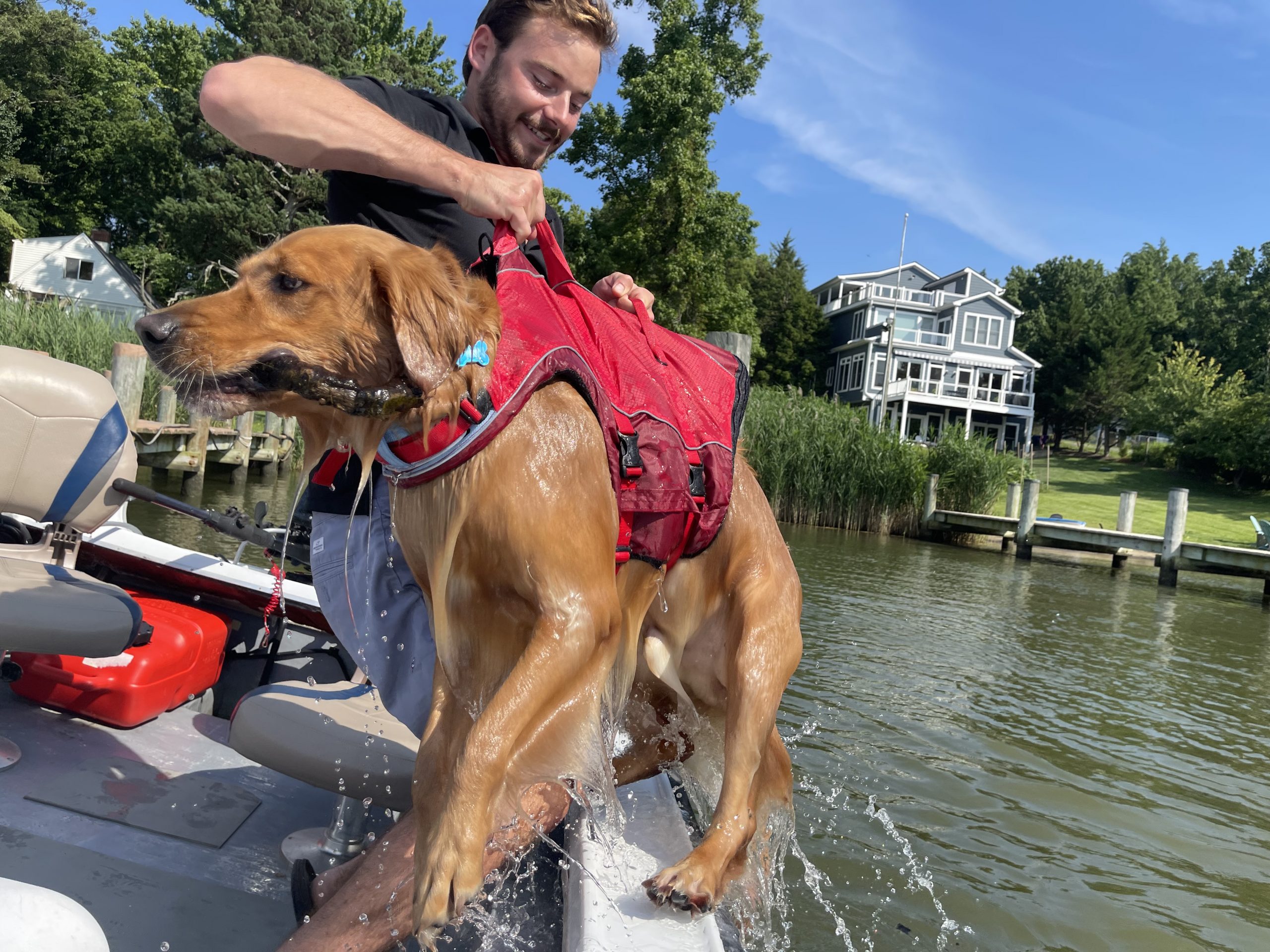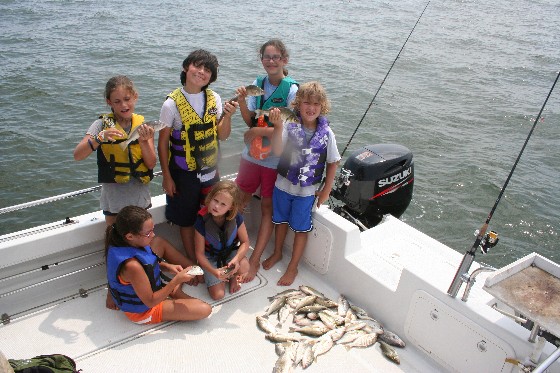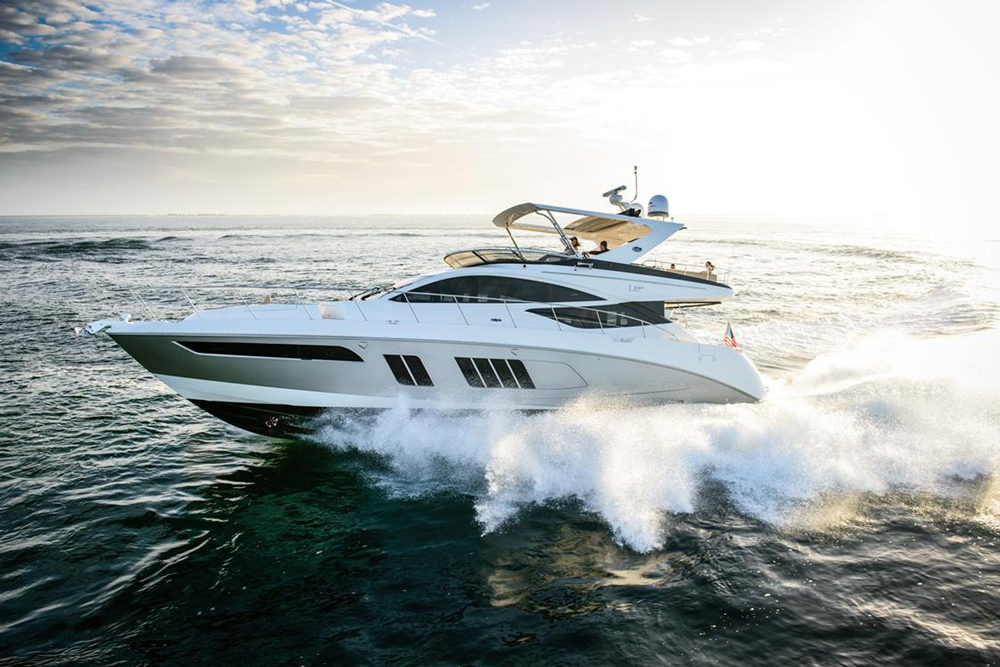Best Tips for Boating with Kids
Here are our best tips for boating with children, whether you’re bringing along your own little ones or welcoming the kiddos of friends or family.
Everything is more fun through a child’s eyes, and a day out on the water is no different. Whether you’re bringing along your own little ones or welcoming the kiddos of friends or family, there are a few extra factors to consider when prepping for a family-friendly boat day. Before you hit the water, check out our best tips for boating with children.
- Talk About Boat Safety
- Choose the Right Lifejackets
- Practice with VHF Radio
- Prep for Sun Protection and Sea Sickness
- Use Caution with Swimming and Water Sports
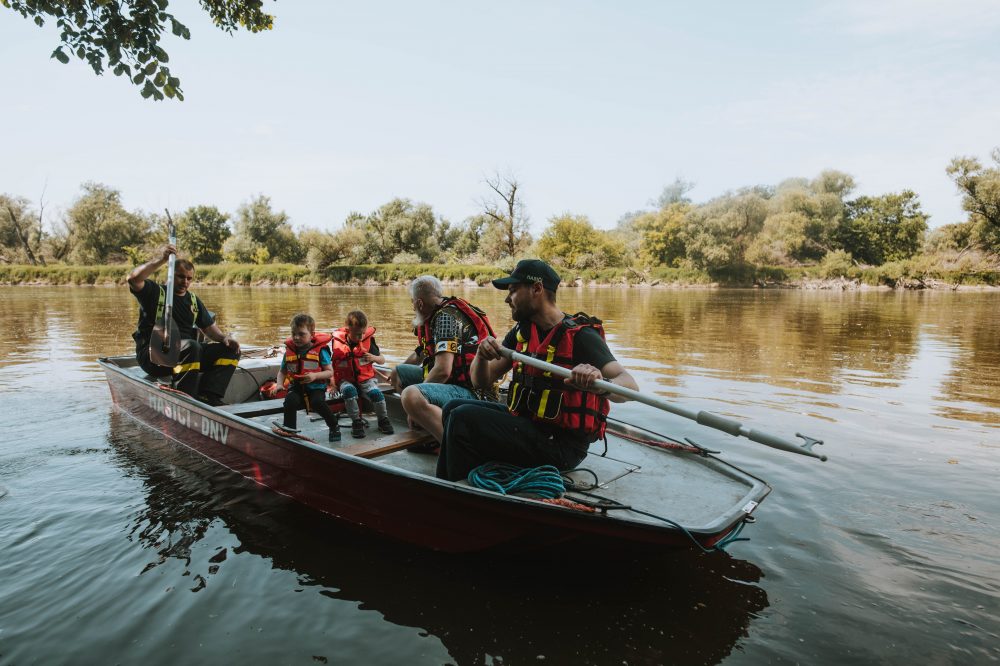
Talk About Boat Safety
Safety is the number one priority no matter who is on board, but it’s extra important to emphasize with children. If your kids are old enough, the best way to teach them boat safety is by walking them through the steps and procedures of your normal boat safety check. Instead of just directing them where to sit or stand, take the time to explain to them why hanging off the railings or being near the propellers of the motor, falling hatch covers, and docking or loading space can be dangerous. When kids understand the "why" of safety procedures, they are more likely to respect them. You may be surprised to find out that kids often listen much better than grown-ups in this area!
Choose the Right Lifejackets
Remember those old musty orange life jackets, the ones that came with the boat you bought 15 years ago that you keep in that overstuffed storage bin? Kids won't want to wear those any more than you do. If you’re expecting children on your vessel, it’s a good idea to invest in a size range of fun and comfortable lifejackets for the whole family. That way, you’ll all be excited to don your adventure gear together and it will set a great safety standard for the little one's long future in boating. Offering a costume choice — "do you want to be a sea turtle or superman?" — helps persuade less-than-eager kids to put on their vests.
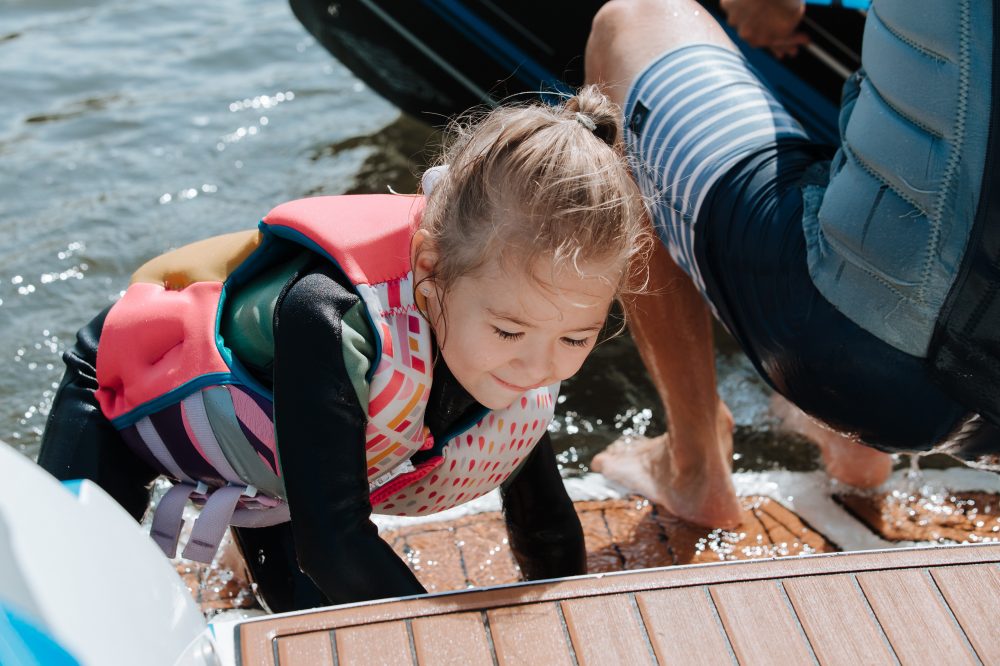
Practice with VHF Radio
The kids will get a kick out of using the radio - it’s like those walkie-talkies from the movies. Everyone onboard—even children—should know how to call for help on the VHF. Teach them how to give a latitude and longitude position, and how to deploy a PLB or an EPIRB. This is a great learning exercise and an opportunity to convey the seriousness of dangers on the water. Don't spook the little guys too much, though - it's all about balance.
Prep for Sun Protection and Seasickness
You can probably guess our boat day staples: sunscreen, hats, warm outerwear, extra towels, blankets, motion sickness meds, and plenty of food, drinks, and snacks. While it’s great to have these types of supplies on hand, it’s especially important for children. Designate at least one adult on board as the kid monitor. This person or persons should keep a constant eye on the little ones to make sure they stay hydrated and protected from the sun's rays. They should also check that the kids aren't too cold after returning from the water. Kids are often too excited to keep track of these factors themselves.
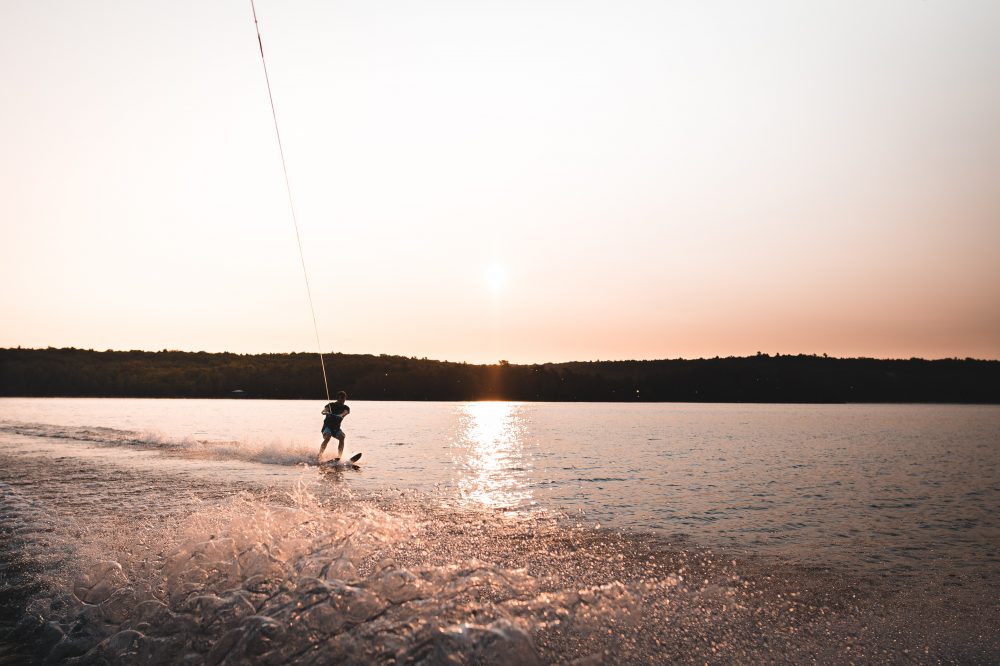
Use Caution with Swimming and Water Sports
With all the marine life and obstacles in the water, not to mention the currents or tides, swimming off of a boat can present a lot more dangers than a pool or at a guarded commercial beach. Kids will look to us for guidance here, so it’s important to check out the conditions yourself before allowing anybody else in the water.
Calm sandbars and islands in shallow waters can be great swimming spots from your boat, just make sure that children are always wearing appropriate life jackets. If you’re doing water sports like tubing or wakeboarding, it’s important to have an adult spotter other than the driver to keep riders in Type III life jackets and avoid high-traffic areas. Young riders may not be able to think on their feet and adjust their position should another boat get in their way. Since you can’t control other drivers on the water, it’s best to find a wide open area for the kiddos to practice water sports safely.
A boat day is thrilling for all ages, and children's laughter and adventurous spirits make a day on the water far more rewarding. By engaging your kiddos in boat checks and safety procedures, not only is boating fun, but it's also educational. Teaching kiddos the basics of seamanship creates a lasting bond and gets future boaters excited for a life on the water.









